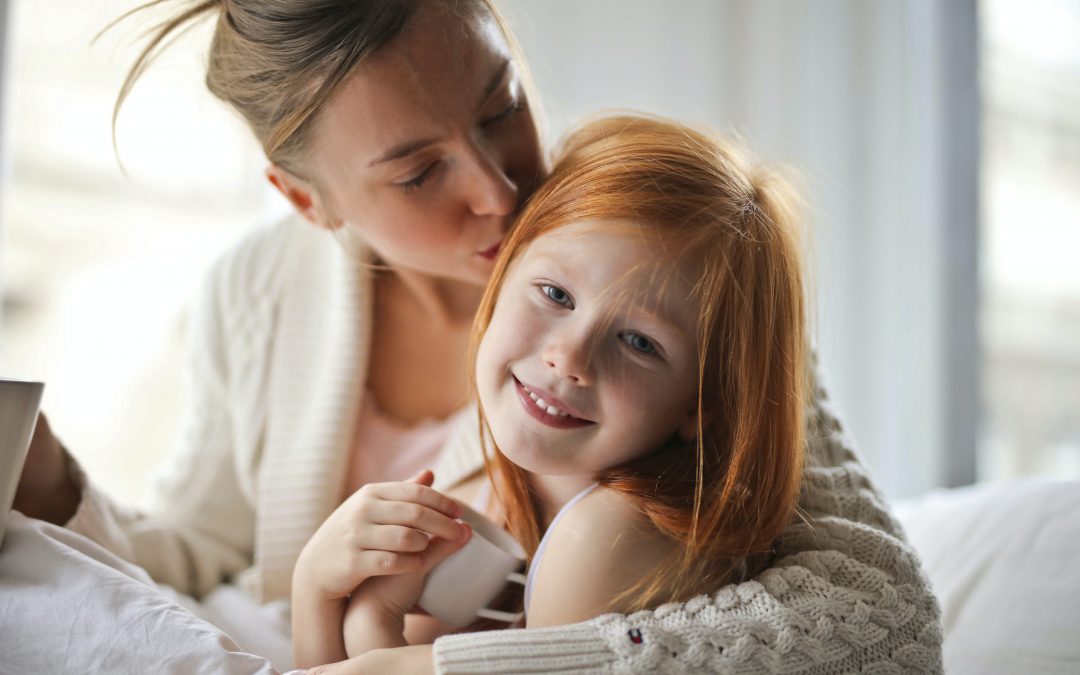Let it be, let it go! Whether The Beatles or Idina Mendel’s theme song from Frozen come to mind, it is sound advice to learn to let things be or let them go when those things make us feel anxious, stress, sad, or generally bad. To know what we can control and learn how to accept what is beyond our control is one of the toughest lessons for some of us to learn in life. It is also a powerful lesson to learn at any time in life, but particularly for our kids as they face a situation that causes them to feel overwhelmed.* The tough thing about transitions is that we often feel a loss of control, and that can lead us to a negative internal narrative that is hard to shake. All the “what ifs” and catastrophes that we conjure weigh on our minds. So how can we learn to let it be and let it go? Here are a few ideas that might be worth a try:
- Identify the issue that is causing stress. Let kids express themselves without shutting down, dismissing their emotions, or correcting them. We all have a right to our feelings and teaching our kids to express theirs will help them to develop their emotional intelligence. This is an opportunity for an empathy step. This might sound like, “wow, it sounds like this is really bothering you”, or, “this has clearly be causing you a lot of stress”, or if the issue is a difficult experience they had, it is okay to say, “gees, that really sucks.” The point is to listen and to acknowledge their feelings, and in so doing, build trust that they can talk to you about whatever they are feeling. Your child may need to vent, to cry, or retreat into themselves for a while; allow time for them to feel their feelings.
- Collaborate to find what solutions for things within your child’s control. When your child is ready to talk (in other words, when they are not feeling overwhelmed by their emotions), connect back in with them to discuss what aspects of the situation are things that they might have some control over. It might not seem immediately obvious, but by breaking the situation down as much as possible, there are likely to be things that your child can feel some control over. It might be as easy as having multiple masks to change into throughout the day, or it may require some consultation with the school if the issue is in the classroom. Working together to come up with some solutions to help deal with the tough emotions and associated experiences can have multiple benefits. In the short term, your child will feel that they have more ownership of the solution. This is something to be proud of and saying so is a good thing. Let them know that this is an important process, and that you are there to work with them on this and any other problem. Longer term, this problem solving skill will serve to support your child as they navigate through life’s challenges.
- Discuss the thought process. Did the collaboration help your child feel better? Are they replaying something in their head? It is not uncommon to ruminate on things that bother us. Are we getting stuck on the negative? Talk about the thoughts, and help your child learn to categorize them – is this thought helping or hindering the solution. Can we find something more helpful to replace the thought with? Sometimes it can be helpful to actually write the thoughts down on individual pieces of paper and place them into two piles: helpful thoughts, and unhelpful thoughts. Together decide what to do with the unhelpful pile; are they worth keeping? Can we throw them away? Maybe make a game out of it – make them into little airplanes and shoot them at a garbage bin. Find a positive thought mantra such as, ‘stick to it, I can do it’ or ‘I’ve got this’.
- Check back in. Encourage further dialogue – did the solution work? What else can be done to support resolving the issue further. Celebrate the successes and be there for them when things don’t go so well.
Don’t forget to continue to build the “positivity bank” with fun shared experiences regularly. These experiences will help foster confidence and develop our kids’ self esteem, important components to support navigating through transitions and stress.
*Note: This article does not deal with scenarios in which safety is a concern. In such cases, adults & caregivers should seek guidance on how to proceed. We are here to provide guidance, however we do not offer counselling or other services.
ADDITIONAL RESOURCES
For Children: This video talks about 5 things children can control in their lives: Our Attitude, words, actions, manners, and effort.
For Youth: This video has tips To help with transition and deal with change.
For Caregiver: Expert Tips on Back to School Anxiety
For Educators: 10 Social and Emotional Learning Strategies for Responding to COVID-19


Great suggestions and YES, it’s so important to talk openly with your kids about their feelings. Sometimes, what seems relatively small and insignificant to us, is HUGE for them. Kids go through so much stress, and it can be easy for parents to dismiss their feelings because the topic is “so small” to us… What has worked wonders for my 3 girls and me, is to first allow them to cry it out (go into their bedroom if they want to be alone, cry into their pillow, and then come out). Then we’ll talk about things again, eat something, go for a walk. Bottom line is, everyone needs to feel supported, and for kids, their feelings need to be validated.